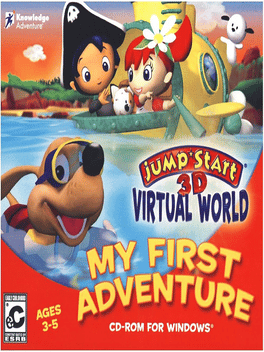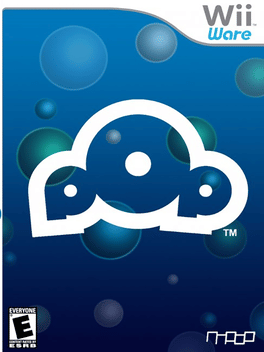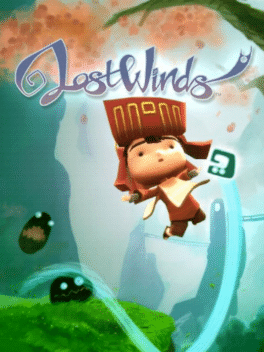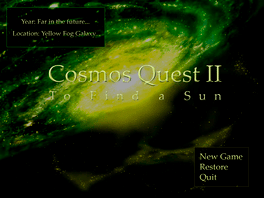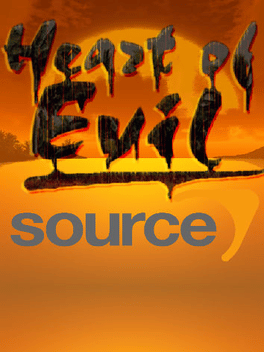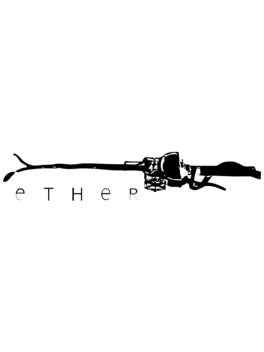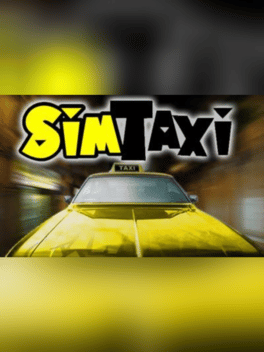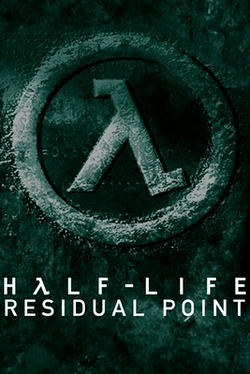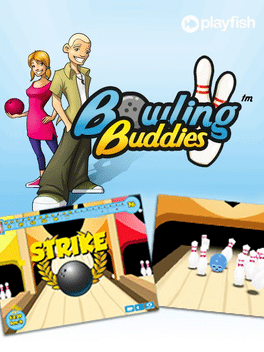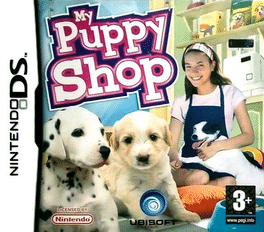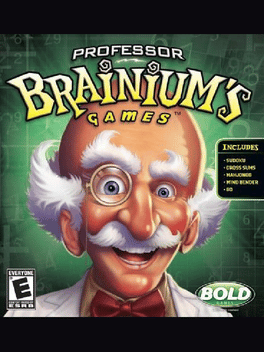New Games - Page 9981
-
JumpStart 3D Virtual World: My First Adventure
2008
In the game, players create avatar characters to represent themselves, and play learning activities to earn pieces of storybooks. -
Monsters' Den: Book of Dread
2008
star 7Enter the Monsters' Den, a place of endless adventure, battle and reward! Lead your party of four heroes through each level of the ever-changing dungeon, fighting in turn-based battles and hunting for that elusive rare loot. The web-game classic comes to Steam! -
Pop
2008
Pop
2008
star 6The single game gives players the chance to burst their way through waves of bubbles whilst grabbing power-ups (e.g. slow down the speed), multipliers, chains and aiming for worldwide high-scores. In multiplayer mode, Pop allows people to steal points from opponents and use the controller to pump up the bubbles for bigger explosions. Other power-ups darken the screen save for the player's area or immobilize the cursor by striking it with lightning. It can also be played cooperatively. -
VIP Casino Blackjack
2008
VIP Casino Blackjack
2008
star 2The world's most-played casino card game makes its WiiWare debut with highly detailed characters, true-to-life animations, and advanced artificial intelligence-making VIP Casino Blackjack the most realistic blackjack game ever made. This game broke the mold of traditional card games and their static 2D interface by integrating an animated 3D interface into the table, thus creating a visually impressive look and a play style that feels just right. -
LostWinds
2008
-
Virtual Villagers 2: The Lost Children
2008
star 6.4Somewhere in the Pacific, there was a beautiful island, called Isola, where lost villagers made their home. The castaways explored their small part of the island and knew every corner. Only a mysterious cave had not been carefully explored. -
The Torture Game 2
2008
The Torture Game 2
2008
A Flash game in which players are given a strung-up doll to sadistically maim. -
Heart Of Evil: Source
2008
A port of Heart Of Evil to the Source engine with new features like aiming down iron sights. -
Ether
2008
Ether
2008
Ether is a puzzle game that makes use of the already implemented physics, but lets the player interact with them in a completely new way. Taking place in a world were gravity has shaped everything from animals to houses, and from weather to communication devices, the player is faced with different obstacles on her way through the game. To progress, the player has the ability to change the gravitational state of nearly every loose object in the environment using a stick. This stick can turn objects weightless, freeze them mid-air or have them fall back on the ground. Hoping to bring a brand new experience with the game play we have no intentions of leaving the visuals unaltered. The Source Engine is deeply modified to provide a vision of something new, a world that feels alive and different from what you have seen before. -
Sherlock Holmes: The Mystery of the Persian Carpet
2008
star 4Hunker down at your London flat at 221b Baker St. The year is 1896, and Scotland Yard has called Sherlock Holmes with an urgent request for help. A young painter has been found murdered and rolled up in a remarkable Persian carpet. Along with Watson, you must investigate the peculiar crime, exploring crime scene locations in search of missing clues. Interact with suspects, and analyze police reports and witness statements to solve the crime and unravel the mystery of the Persian carpet. -
Dig Dug Island: Minami no Jima no Pukapukapon
2008
A short-lived MMO based on Dig Dug II, developed by VerX. -
Sim Taxi
2008
Sim Taxi
2008
The main objective of the game is to look for passengers and deliver them to their destinations as quickly as possible without damaging your car. A phone operator will help you locate customers. There's a compass on the top left to guide you. There is a fuel and damage indicator on the bottom left and right of your screen. Check up on them periodically to avoid losing the game. Fill up on fuel, repair the taxi, upgrade your taxi and enjoy the ride. -
Bowling Buddies
2008
-
My Puppy Shop
2008
My Puppy Shop
2008
You are the owner of the best pet shop in town; take care of the dogs and increase your shop's popularity. -
YoWorld
2008
YoWorld
2008
Originally created by the founders of Big Viking Games, YoWorld was sold to Zynga as YoVille in 2008, and later reacquired by Big Viking Games in 2014. YoWorld continues to thrive on the Facebook platform and is cited as one of the inspirations for the creation of FarmVille! The game allows Facebook members to create a virtual community with personalized characters and homes. With thousands of items to choose from, players can customize their homes, characters, and worlds to their heart’s content! -
Foldit
2008
Foldit
2008
Foldit is an online puzzle video game about protein folding. It is part of an experimental research project developed by the University of Washington, Center for Game Science, in collaboration with the UW Department of Biochemistry. The objective of Foldit is to fold the structures of selected proteins as perfectly as possible, using tools provided in the game. The highest scoring solutions are analyzed by researchers, who determine whether or not there is a native structural configuration (native state) that can be applied to relevant proteins in the real world. Scientists can then use these solutions to target and eradicate diseases and create biological innovations. -
Professor Brainium's Games
2008
Professor Brainium's Games is an educational video game released exclusively for the Nintendo DS in 2008. The purpose of the game is to inform the player by providing various puzzles, which they must complete to progress further. The game is similar to Brain Age and Big Brain Academy in its format and style of play. -
Alan Probe: Amateur Surgeon
2008
A browser and iOS game by Adult Swim that rather loosely simulates the art of surgery.

